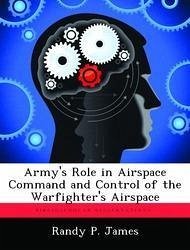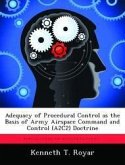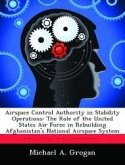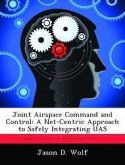The Army's role in the Joint Airspace Command and Control system is not adequate to support combat operations effectively on the current and future battlefields of the United States Joint Force. The current and future battlefields of the United States military require an airspace structure capable of integrating airspace among users dynamically in near real-time while operating semi-autonomously. Current joint and service specific doctrine fails to delineate who actually controls increasingly complex combat airspace and fails to establish systems for synergistic operations across the services. Because doctrine fails to establish the proper systems, current airspace command and control (AC2) systems do not possess a common air picture for near real time synchronization and deconfliction of airspace users at all echelons. Finally, the Army does not train AC2 based on the belief that this problem belongs to aviators for deconfliction as opposed to commanders for integration. By addressing these three shortcomings, the United States Army can solidify its role in the Airspace Command and Control structure of the joint force. Airspace command and control is inherently joint and must focus on integration instead of deconfliction to support the warfighter on the noncontiguous, complex battlefields of the future.
Hinweis: Dieser Artikel kann nur an eine deutsche Lieferadresse ausgeliefert werden.
Hinweis: Dieser Artikel kann nur an eine deutsche Lieferadresse ausgeliefert werden.








